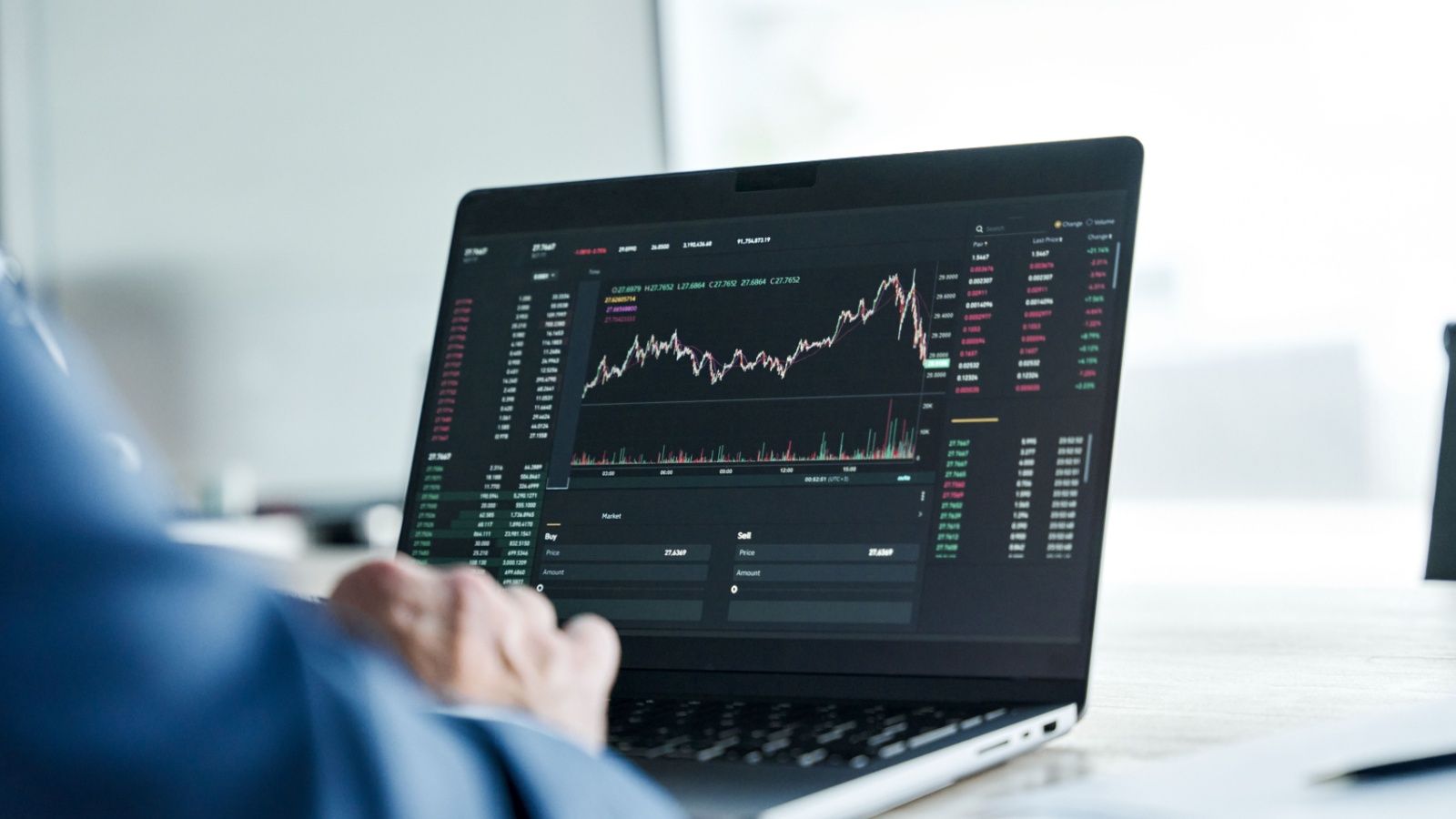Understanding Positional Trading, its Pros and Cons
Written by Upstox Desk
Published on October 28, 2025 | 5 min read

Summary:
Positional trading is an investment approach where you buy and hold onto a stock for an extended period, which could be months and even years. It ignores short-term price fluctuations and prevents you from timing the market.
When 30-year-old Ramesh got hold of his favourite tech stock, he held onto it for a couple of months instead of selling it in the next few days. His joy knew no bounds when the stock's price appreciated considerably, and Ramesh made handsome gains. Ramesh's approach is known as positional trading in the stock market parlance. Read on to learn more about this strategy, its benefits, and its potential disadvantages.
What is positional trading?
Positional trading refers to an investment strategy that involves buying and holding stocks with a long-term approach. This strategy ignores daily price fluctuations and focuses on long-term appreciation. Here, you hold onto a stock typically for weeks, months, and even years, hoping for significant growth.
Core principles of positional trading
Positional trading hinges on these core principles:
- Buy and hold: This is the fundamental principle of positional trading, where you hold onto a stock for an extended period and not bother about short-term price fluctuations. This is based on the belief that the stock’s price will go north over time.
- Fundamental analysis: Fundamental analysis plays a vital role in positional trading. Here, you analyse the financial health of the company offering the stock by analysing its key metrics, such as earnings, growth potential, and industry trends.
- Less frequent trading: As a positional trader, you engage in less trading compared to intraday traders. The goal is to minimise the impact of short-term market volatility on your investment.
- Patience: Patience is the key to positional trading. As a positional trader, you must be willing to adopt a wait-and-watch approach for your chosen stock’s price to appreciate in value. It can take several months and even years, and you need to have enough patience not to be swayed away by the vagaries of the market.
Advantages of positional trading
Positional trading brings several advantages to the table. These include:
- Reduced stress levels: Positional trading frees you from the need to monitor a stock price daily, making it less stressful than day trading. Day traders remain constantly glued to their screens, monitoring price movement constantly.
However, positional trading gives you the leverage to go about your daily activities without keeping a tab on price movements. This is especially beneficial if you are someone with a busy schedule. Also, constantly monitoring the market can be emotionally draining. The reduced emotional stress contributes to better mental health.
- Lower transaction costs: Generally, on most occasions, you need to pay a certain brokerage fee every time you buy or sell a stock. Doing so frequently can result in high transaction charges, which could significantly reduce your profit.
However, things are different with positional trading. You engage in fewer trades as you hold onto a stock for an extended period. This automatically reduces brokerage charges and helps you make significant savings in the long run.
- Long-term growth potential: It’s an open secret that stock market investments are more rewarding when you adopt a long-term approach. A stock’s price can experience wild swings on a short-term basis.
However, when you hold on to it for the long-term, the short-term price fluctuations tend to smooth out eventually. Also, you can revive from market downturns and benefit from its growth.
- No need to time the market: Even the most seasoned investor can’t predict how markets will behave. Therefore, time in the market is more important than timing it. Positional trading frees you from timing the market and allows you to spend more time in the market. This amplifies the chances of making gains.
Disadvantages of positional trading
Positional trading has its share of disadvantages. Some of them are:
-
Extended time for which your capital gets locked: Positional trading locks your capital for an extended period. Therefore, it warrants you to have enough capital to meet other financial obligations or cash in on other emerging trends. Without adequate money, you might be forced to sell your asset prematurely, resulting in losses or missed profit opportunities.
-
Can be psychologically challenging: Watching a stock’s price fluctuate for an extended period can be psychologically taxing, especially during market downturns. It can lead to impulsive decisions, enhancing the chances of losses.
-
Miss out on short-term opportunities: Stock markets are dynamic. Active traders are better positioned to take advantage of short-term trends. As a positional trader, you might need to forgo short-term profit opportunities.
Summing it up
Positional trading is a more relaxed and less stressful approach to stock market investment. The key to success is in being patient and conducting a thorough fundamental analysis. It imbibes discipline and patience, highly essential for wealth creation in the long run.
About Author
Upstox Desk
Upstox Desk
Team of expert writers dedicated to providing insightful and comprehensive coverage on stock markets, economic trends, commodities, business developments, and personal finance. With a passion for delivering valuable information, the team strives to keep readers informed about the latest trends and developments in the financial world.
Read more from UpstoxUpstox is a leading Indian financial services company that offers online trading and investment services in stocks, commodities, currencies, mutual funds, and more. Founded in 2009 and headquartered in Mumbai, Upstox is backed by prominent investors including Ratan Tata, Tiger Global, and Kalaari Capital. It operates under RKSV Securities and is registered with SEBI, NSE, BSE, and other regulatory bodies, ensuring secure and compliant trading experiences.

























